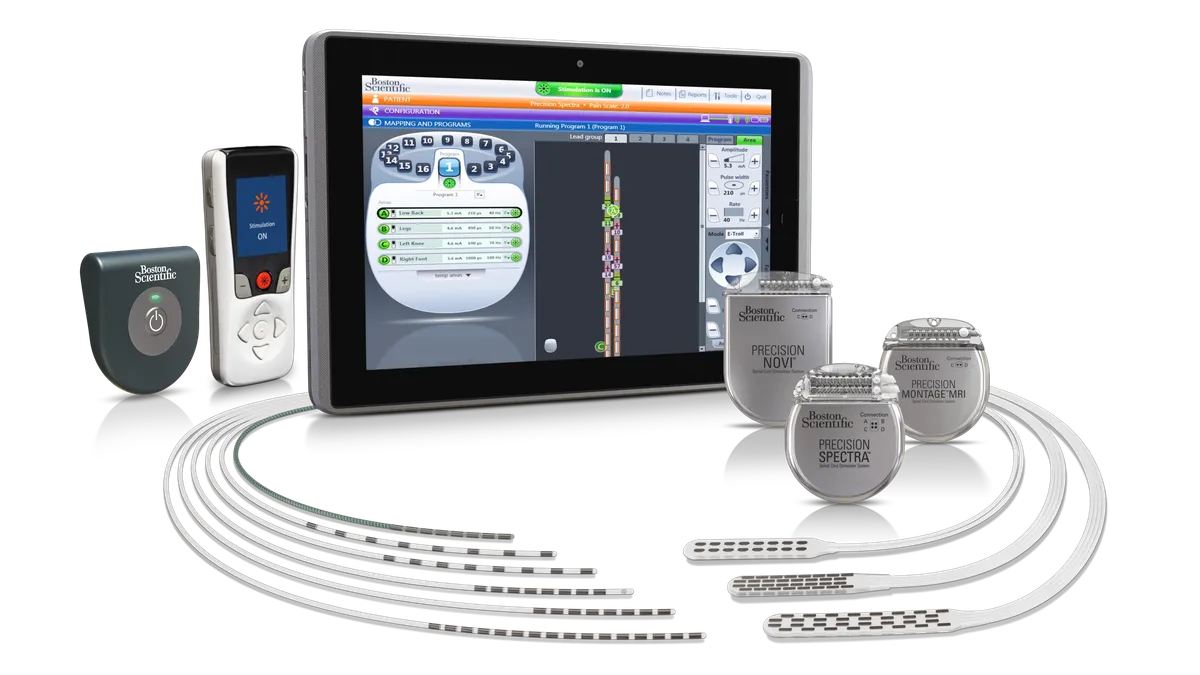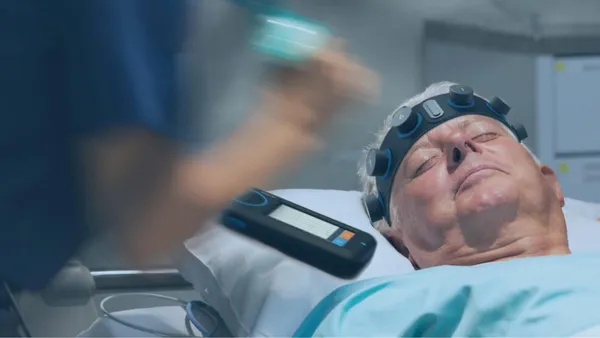Boston Scientific and Edwards Lifesciences are set to report third-quarter earnings this week that may continue to signal a recovery in medtech procedure volumes.
Last week, Johnson & Johnson reported a rise in procedure volumes, leading analysts to hail its results as an “encouraging start” to earnings season. Intuitive Surgical provided further evidence of the recovery in procedures, and while Abbott reported a “a very challenging quarter,” at least some of the forces that have buffeted the industry in recent months appear to be easing.
Analysts expect results from Boston Scientific and Edwards to show whether the encouraging trends extend to more parts of the medtech industry. Boston Scientific reports first on Wednesday.
In a note to investors published before earnings season began, analysts at RBC Capital Markets gave an upbeat appraisal of Boston Scientific’s prospects, noting many of its devices are used by hospital-based outpatient departments that are less exposed to staffing pressures. The analysts also said that the lead times for Boston Scientific’s devices often are just a few days.
Boston Scientific’s lead times contrast with the multimonth run-ups to the transcatheter aortic valve replacement (TAVR) procedures that are vital to Edwards. A lack of hospital staff and the contrast dye shortage suppressed TAVR volumes over the first half of the year, preventing a speedy recovery from the winter COVID-19 wave.
A survey of surgeons by analysts at Stifel suggested that the pressures continued into the third quarter, although the team at RBC was more upbeat in its earnings preview. The RBC analysts said they expect Edwards to be well positioned to meet its forecasts because the TAVR procedures that were delayed over the first half of the year “appear to have come back into Q3.”
The extent to which TAVR procedures recovered in the third quarter will shape Edwards’ results and indicate how Medtronic’s rival products are performing. More broadly, the earnings reports from Boston Scientific and Edwards will provide more data points on procedure volumes, hospital staffing, inflation and supply.










